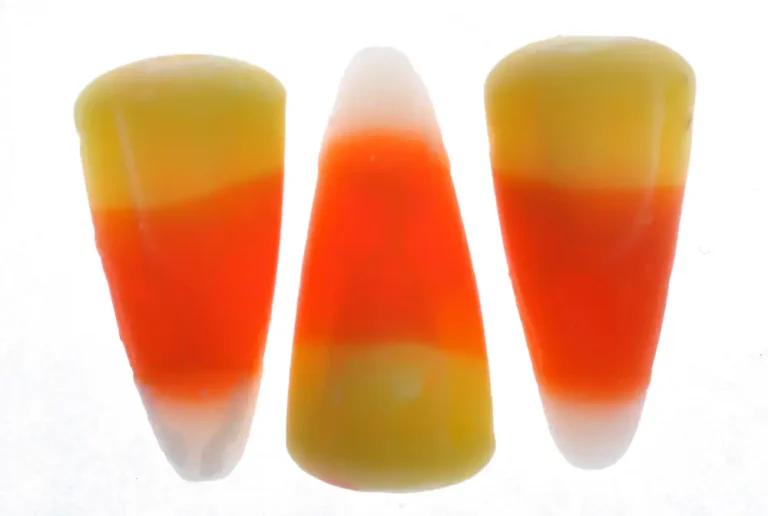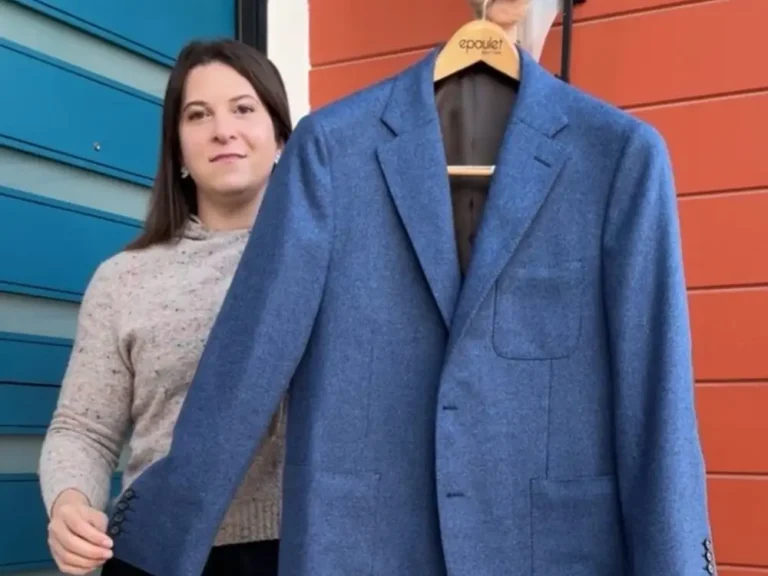Real-estate investor Guido Nunez has built a portfolio of 150 units across multiple multifamily properties. He shares the refinancing and tax strategies he’s used to continually snowball his wealth.

- Guido Nunez started investing in real estate after being laid off in 2011.
- He now has 150 units across multiple states.
- To scale up, he’s used the BRRRR method and 1031 exchanges.
Guido Nunez’s mother has always tried to teach him about how to use real estate to create life-changing wealth.
She was a real estate agent herself, so she knew firsthand how much money could be made in the industry.
Guido, on the other hand, had been uninterested in real estate for many years. He preferred to concentrate on his career in consumer goods.
He was then laid off in 2011.
“I kind of figured out that when you get laid off, you don’t own your path,” he explained. “Someone owns that and makes those decisions for your family’s future.” And we all sit around waiting for a promotion or a 2% annual inflation adjustment, and I was like, ‘I hope to do something different.'”
While he was hired for another job several months after being laid off, the idea of going into real estate remained with him. So he took the plunge and has found success. According to tax documents obtained by Insider, he has grown his portfolio to 150 units across multiple multifamily properties since purchasing his first property with his brother, fixing it up, and selling it.
He’s used two strategies to grow his portfolio and snowball his profits: the BRRRR method, which stands for buy, rehab, rent, refinance, repeat; and the 1031 exchange, which is a tax form that allows an investor to carry the profits of a real-estate sale into other properties without paying capital gains tax.
2 methods for scaling up
In the BRRRR strategy, an investor purchases a property, renovates it, rents it out, has it appraised, and then obtains a line of credit based on the increased valuation, which the tenant pays back with their rent. It’s a tried-and-true method for accumulating wealth in real estate, but it can be risky if you’re on a tight timeline to repay a hard money lender or relying on large upside appreciation in a slow market.
Nunez’s use of the BRRRR method is illustrated by a property he purchased in Long Beach, California in 2015. Over the course of about five years, he updated the building’s electrical system, restored the property’s gate, installed a new roof, and renovated 80% of the units with new counters, paint, and cabinets.
According to him, this increased the property’s value from $1.35 million when he purchased it (he put down $375,000, the proceeds of which came from the sale of the property he owned with his brother) to $3 million. It also increased rents significantly because the units were nicer. He claimed, for example, that he was able to raise average rents for one-bedroom apartments from $895 to $1,600.
He was then able to extract $750,000 from the property through a cash-out refinance, he explained. He then used that money to put down on other properties.
Nunez used the same strategy for the 1031 exchange: he fixed up properties, forcing appreciation. He sold the properties instead of taking out equity through a cash-out refinance, he said.
Nunez used a 1031 exchange to buy other properties, allowing him to keep all of the value he’d built up and avoid paying taxes on it.
He’s used this strategy on several property sales, including his first rental property, he claims. When he believes he has exhausted the appreciation potential of a property, he uses a 1031 exchange rather than a cash-out refinance.
He compared it to “selling a stock.” I don’t think there’s much upside left, so I’ll sell.”
When using a 1031 exchange, the proceeds of the sale must be used to purchase a new property within 180 days. However, the investor must select a new property within 45 days of the sale. In other words, extensive planning is required.
However, if one chooses to sell a property, it may be worthwhile.Individuals earning between $41,675 and $459,750 who have owned the property for more than a year pay 15% capital gains tax. The rate is 20% for those earning more than that.
Taxes could be even higher, according to Dave Wieland, founder of Realized, a firm that uses 1031 exchanges to protect its clients’ wealth. State taxes must be considered, as well as any prior tax write-offs for depreciation, if the property was later sold for a profit.






